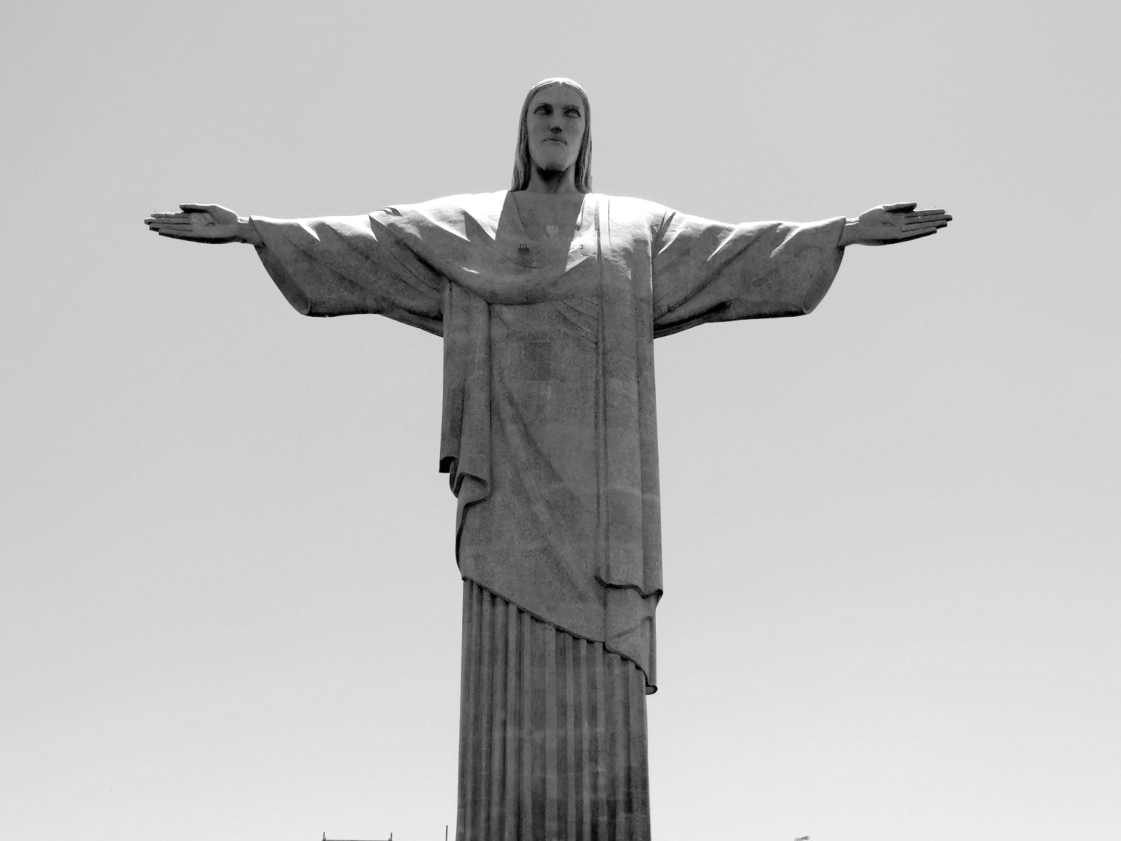
Brazil’s economic framework is characterized by a mixed economy, blending elements from both market and planned economies. This system in Brazil encompasses a private sector, where individuals and companies independently make decisions driven by their own interests, and a public sector, where the government steers the production and distribution of certain goods and services. It’s important to note that no country operates with an economy that is entirely capitalist or communist.
Assessing Brazil’s Economy Through Freedom Indexes
To gauge whether Brazil leans more towards a market or a planned economy, examining various economic indexes is insightful. The 2022 Index of Economic Freedom, which assesses the degree of personal control over labor and property, places Brazil 133rd globally and 26th in the Americas, suggesting a predominantly unfree economy. Similarly, the 2022 Freedom House index, evaluating political rights and civil liberties, gives Brazil a score of 73/100, classifying it as ‘free.’ This score reflects Brazil’s environment where government control over political activities is limited, allowing citizens freedom in production, purchasing decisions, and pricing.
Public Sector Employment’s Role in Brazil’s Economy
The extent of public sector employment in Brazil serves as a significant barometer of the government’s role in the nation’s economy. According to ILOSTAT data, as of 2021, public sector workers constitute 12.4% of Brazil’s total workforce. This percentage is a crucial indicator of how the Brazilian government interacts with and influences its economic landscape. In Brazil’s mixed economy, this ratio fluctuates in response to varying governmental policies and strategic decisions. The distinction between sectors managed privately and those under state control is a key feature of this economic structure.
In Brazil, sectors such as healthcare, education, and public utilities often see higher levels of government involvement, as these are considered critical for public welfare and require regulation and oversight. Conversely, industries like technology, retail, and services tend to have more private sector participation, fostering competition and innovation. The presence of a relatively large public sector in Brazil suggests a tilt towards a command economy, albeit not in an absolute sense, but as part of a balanced approach combining both market and state mechanisms.
This balance reflects Brazil’s ongoing endeavor to optimize economic efficiency while ensuring social equity and stability. The government’s strategic involvement in certain sectors aims to address market failures, promote social welfare, and ensure equitable access to essential services. This approach demonstrates Brazil’s commitment to a mixed economy, where the benefits of both market dynamics and state intervention are harnessed to meet the diverse needs of its population.
Insights from Brazil’s Largest Company
Analyzing Brazil’s largest company also sheds light on its economic system. Petrobras, a major entity in the oil and gas sector, is a mixed private-public company. Partly owned by the Brazilian government and partly by private shareholders, Petrobras’ structure reflects the nation’s blended economic approach.
Historical Influences on Brazil’s Economic System
Over the last century, Brazil’s mixed economy has evolved through market dynamics, government intervention, and a shift towards openness. The government has significantly influenced economic growth and stability by incentivizing businesses, regulating trade, and offering social services. Moreover, embracing a more open economy has allowed foreign investment, trade, and access to new technologies, fueling economic development. These multifaceted factors have collectively shaped Brazil’s contemporary mixed economic system.
Conclusion: Deciphering the Complexity of Brazil’s Economic Landscape
In conclusion, the economic structure of Brazil presents a multifaceted and intricate picture, marked by the intertwining of market-driven and state-controlled elements. This mixed economy, a blend of private initiative and public sector influence, is reflective of Brazil’s diverse and evolving economic narrative. Through the lens of various freedom indexes, Brazil emerges as a nation balancing between market freedom and state regulation, with indicators like the Index of Economic Freedom and the Freedom House index providing nuanced insights into this balance.
The role of public sector employment further elucidates the degree of governmental involvement in Brazil’s economy. With a significant portion of the workforce employed in the public sector, it becomes evident that the government plays a crucial role in shaping economic outcomes. Additionally, the structure of Petrobras, Brazil’s largest company, epitomizes this mixed economic model, combining state ownership with private investment.
Historically, Brazil’s economy has been shaped by a confluence of internal dynamics, government policies, and global interactions. The government’s role in promoting growth, regulating trade, and facilitating social services, combined with the nation’s gradual shift towards a more open and globally integrated economy, has significantly contributed to its current economic framework. This intricate mix of market forces and state intervention underlines the unique and dynamic nature of Brazil’s economic system.